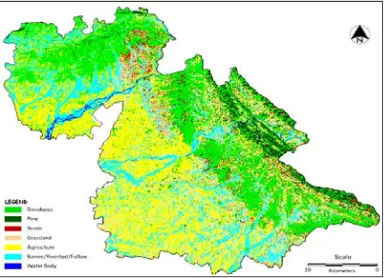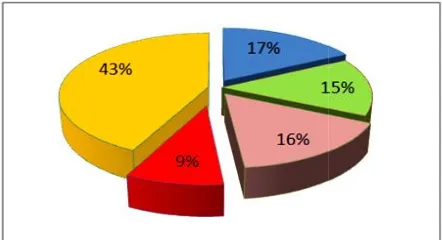Landscape dynamics in a sub tropical deciduous forest in north western himalayas, Jammu and Kashmir, India
Full text
Figure



Related documents
a, Globally averaged surface temperature anomaly (STA, ◦ C), from 5 m Argo OI temperature (red), NOAA (National Oceanic and At- mospheric Administration) global ocean (turquoise) and
Due to the fact that reading comprehension performance is extremely important for students’ success in universities, understanding how much topic familiarity and
An oPRP is identified during the hazard analysis as essential in order to control the likelihood of introducing food safety hazards to and/or the contamination or prolifera- tion
Its natural habitats are subtropical or tropical dry forests and subtropical or tropical moist montane forests.. Chicks hatch from December
a, b variation as a function of columnar water vapour amount by applying the methodology to an entire year data set; the estimation of a and b retrieval errors using a Monte
In this chapter we will deal with two control laws applied to the MEMS microphone in order to improve its performance: the force feedback and the optimization of the
Northern tropical semi evergreen forest (Site-1), Northern tropical dry deciduous forest (Site-2), Secondary moist miscellaneous semi evergreen forest (Site-3), Northern tropical
Based on the distribution patterns of tigers in different habitat types he concluded that moist deciduous forests support over 40% and dry deciduous forests support